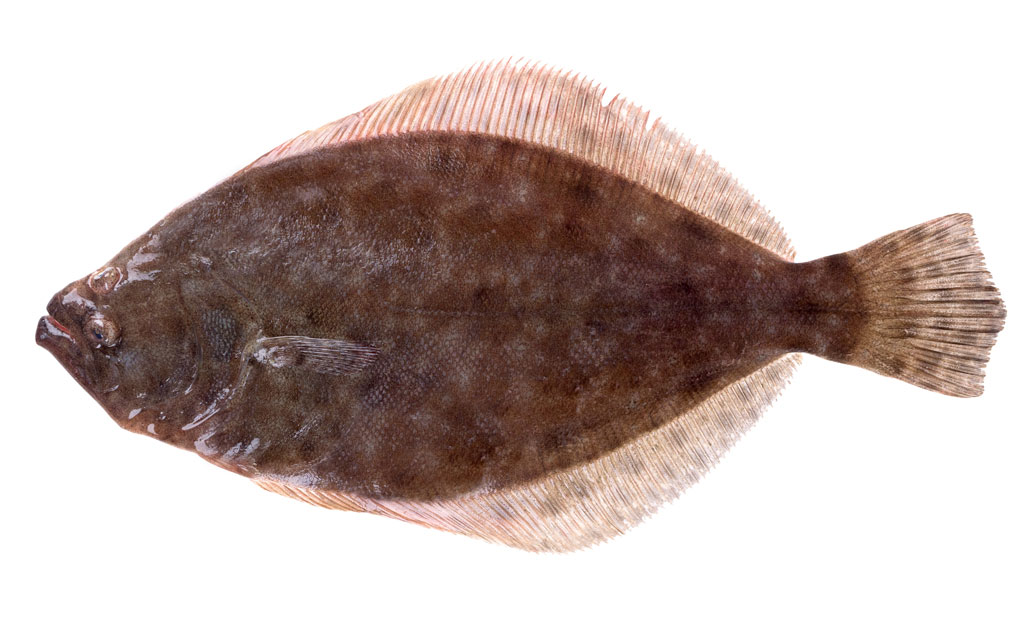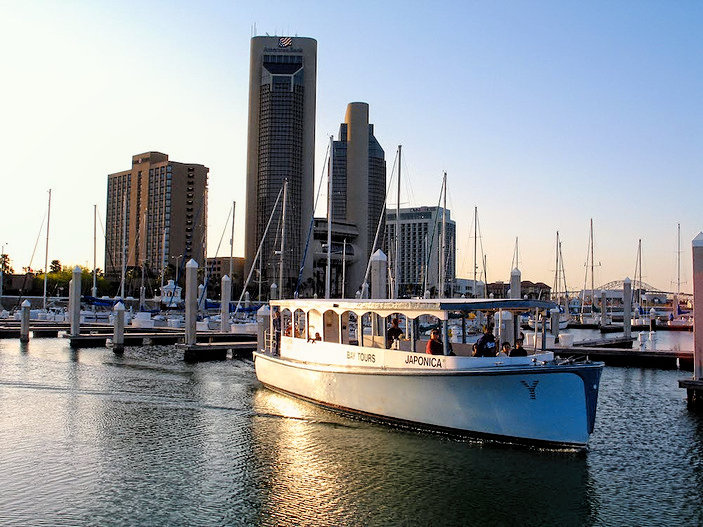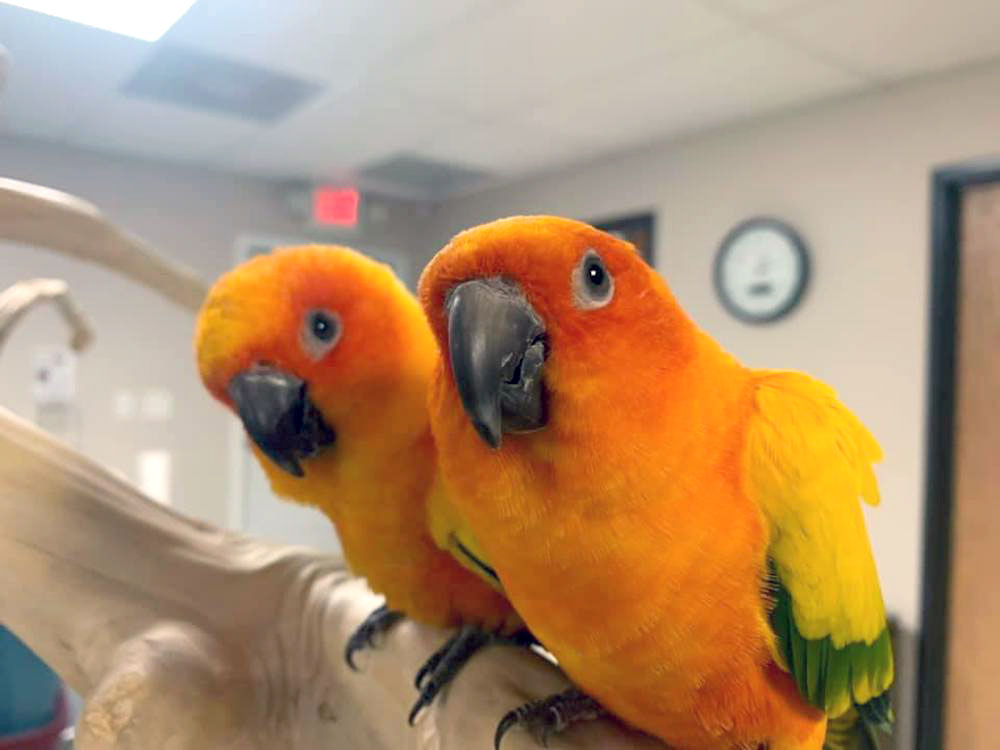BECOME A CITIZEN SCIENTIST—Volunteers are needed to collect samples of blue crab larvae for the University of Texas Marine Science Institute near Corpus Christi. Citizen scientists are being trained at the Mission-Aransas National Estuarine Research Reserve to help monitor crab populations, which have been declining over the last few years.
"This is our second year to monitor," said Project Coordinator Colleen McCue. Last year's count showed that the number of blue crabs dropped considerably from the gulf up the estuaries to Rockport. In fact, no blue crabs were found in Rockport in 2012. "We want to see if it's a one time thing, due to weather or the drought. We want to learn more about their life cycle and why they are not increasing in number as adults," McCue continued.
Blue crab are a critically important part of the local ecosystem. They are the main food source for the endangered Whooping Crane as well as other birds, other crabs and fish. They are also a valuable economic harvest. In 2010, 3.5 million pounds of blue crab were landed, well below the historic average of 6.3 million. A good blue crab season generates around $12 million for coastal economies.
Citizen scientists are being enlisted to help collect larvae from five locations in the gulf and along the estuaries to Rockport. Air conditioner filters are wrapped around cones and lowered into the water. The crab larvae cling to the filter material as they are pushed around in the current. The cylinders are lifted up and the larvae rinsed off. Volunteers are trained in dividing and counting the larvae and recording the information.
"The main idea is that we want to know where the blue crab larvae are going," McCue said. That could yield important clues as to why the adult populations are dropping.
To learn more about the program or to sign up to become a citizen scientist, visit the missionaransas.org website. Look for the "Get Involved" link in the navigation bar. Click on "Become a Volunteer" in the drop down menu. Click on Citizen Scientist links on the web page to learn more.





